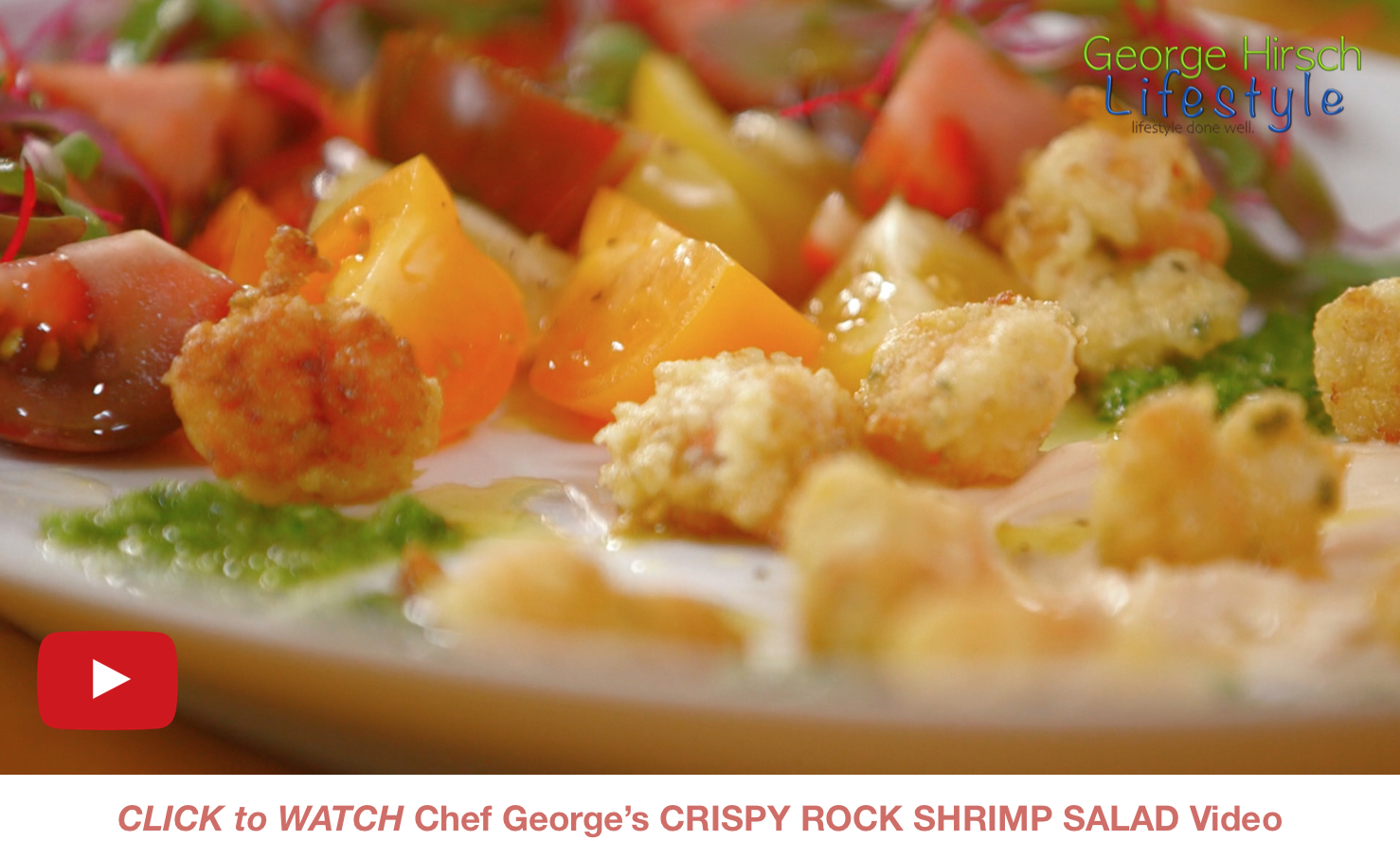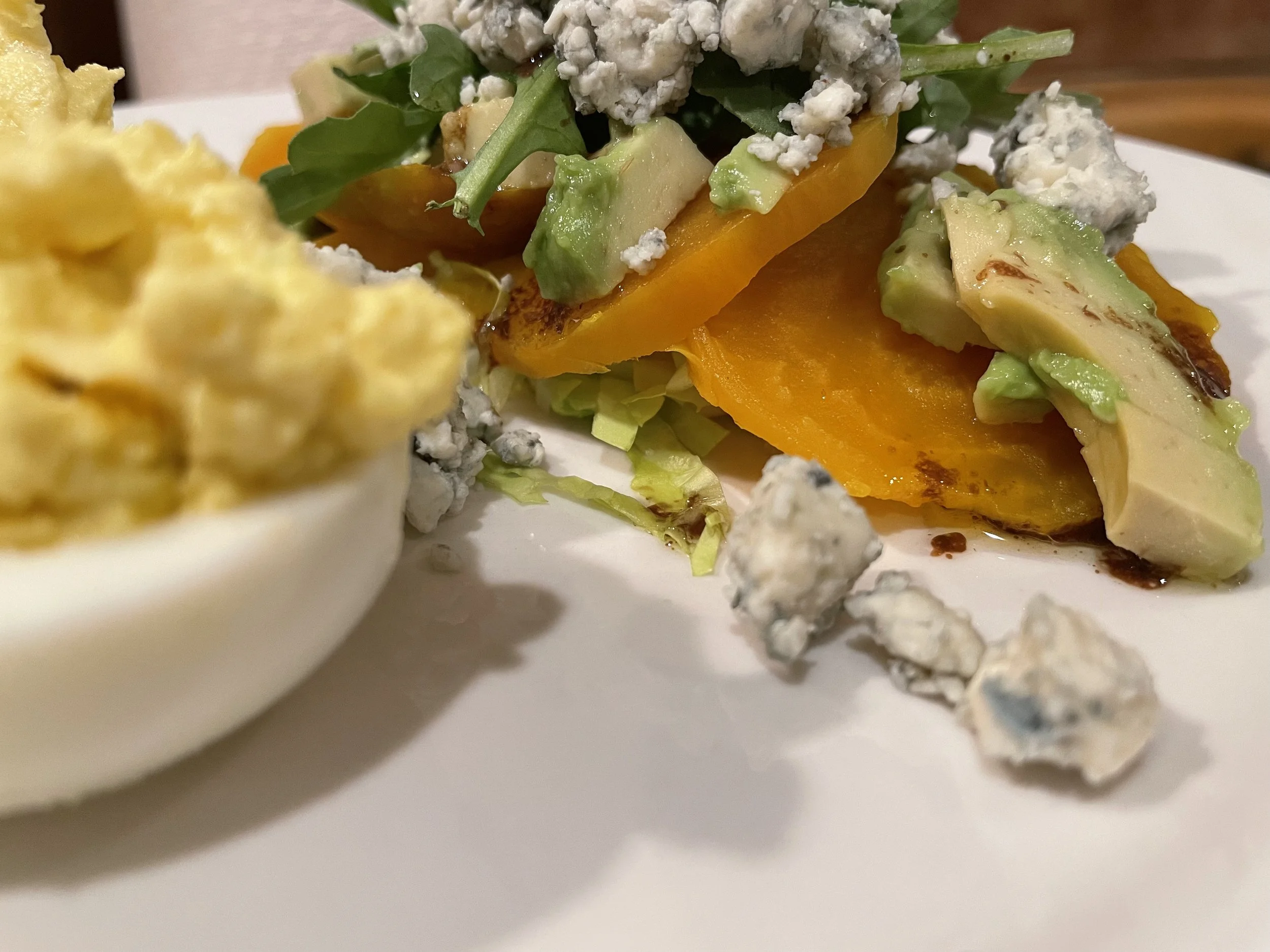You must want to know why Pico de Gallo is referred to as the rooster's beak. It actually refers to the bite-size (beak-size) proportions of fresh tomatoes in this chunky salsa of Mexican origin. How about that! You may also be familiar with its other name, Salsa Fresca.
The garden tomato bounty is here for a few more minutes, so this is an ideal week to make my pico de gallo from my own tomatoes and peppers. Serve Pico de Gallo with corn tortillas or my Cilantro Shrimp Nachos for más divertido! And watch my Crispy Shrimp Salad recipe video below for more flavorful ideas.
George Hirsch's Salsa Fresca
Makes 3 cups
chefgeorgehirsch.com | George Hirsch Lifestyle
8-10 San Marzano plum tomatoes, split de-seeded
1 small sweet white onion or sweet red onion + 1 green onion
2 jalapeño peppers, split and de-seeded chopped (optional)
1/2 cup peeled, seeded, and diced cucumber
1/4 teaspoon hot sauce
2 Tablespoons chopped cilantro
Salt and pepper, to taste
Juice of two fresh limes
1 Tablespoon olive oil
Cut all veggies into 1/4-inch pieces. Combine all ingredients in a medium bowl. Mix and set aside one hour to allow flavors to develop. Serve at room temperature.




















